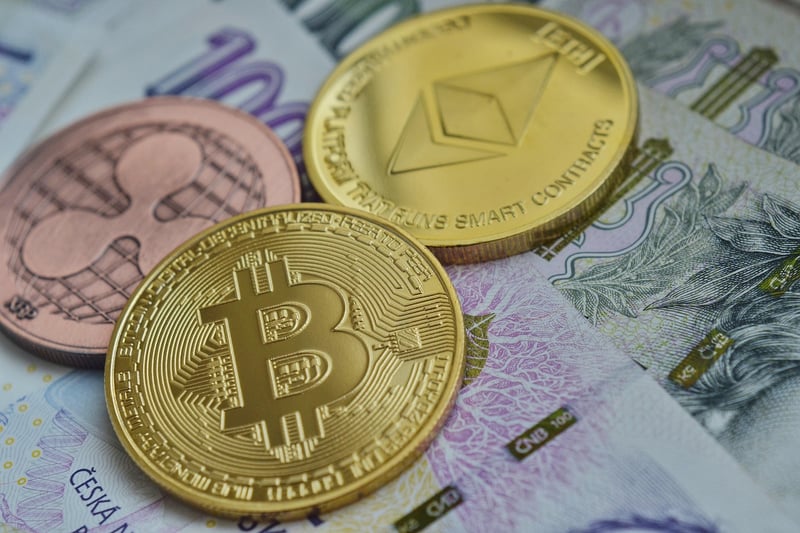Ripple (XRP)
Exploring Alternative Cryptocurrencies: A Focus on Ripple (XRP)
Introduction to Alternative Cryptocurrencies
With the growing interest in digital assets, alternative cryptocurrencies have gained prominence in the market. These digital currencies, apart from Bitcoin, offer unique features and functionalities that cater to different needs and preferences.
What is Ripple (XRP)?
Ripple is a digital payment protocol that aims to enable fast, low-cost cross-border transactions. XRP is the native cryptocurrency used on the Ripple network. Unlike Bitcoin, which operates on a decentralized blockchain, Ripple operates on a consensus ledger managed by a network of validating servers.
Key Features of Ripple (XRP)
- Fast Transaction Speeds: Ripple transactions are processed within seconds, making it ideal for real-time payments.
- Low Transaction Fees: XRP transactions incur minimal fees, making it cost-effective for sending value across borders.
- Scalability: Ripple's network can handle a high volume of transactions, ensuring efficiency during peak times.
- Partnerships: Ripple has established partnerships with financial institutions worldwide to facilitate cross-border payments.
Why Consider Ripple (XRP)?
Investors and users may consider Ripple for its efficient payment system, strong industry partnerships, and potential for disrupting the traditional banking sector. Additionally, XRP offers a secure and reliable platform for transferring value globally.
Get Started with Ripple (XRP)
To begin using Ripple (XRP), individuals can create a digital wallet and purchase XRP from cryptocurrency exchanges. It is essential to conduct thorough research and understand the risks involved in cryptocurrency investments.
Conclusion
Ripple (XRP) presents an innovative solution for cross-border payments and has garnered significant attention in the cryptocurrency space. By exploring alternative cryptocurrencies like Ripple, individuals can diversify their investment portfolios and leverage the benefits of blockchain technology.

